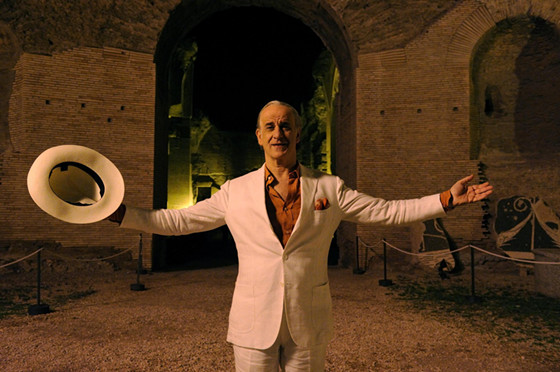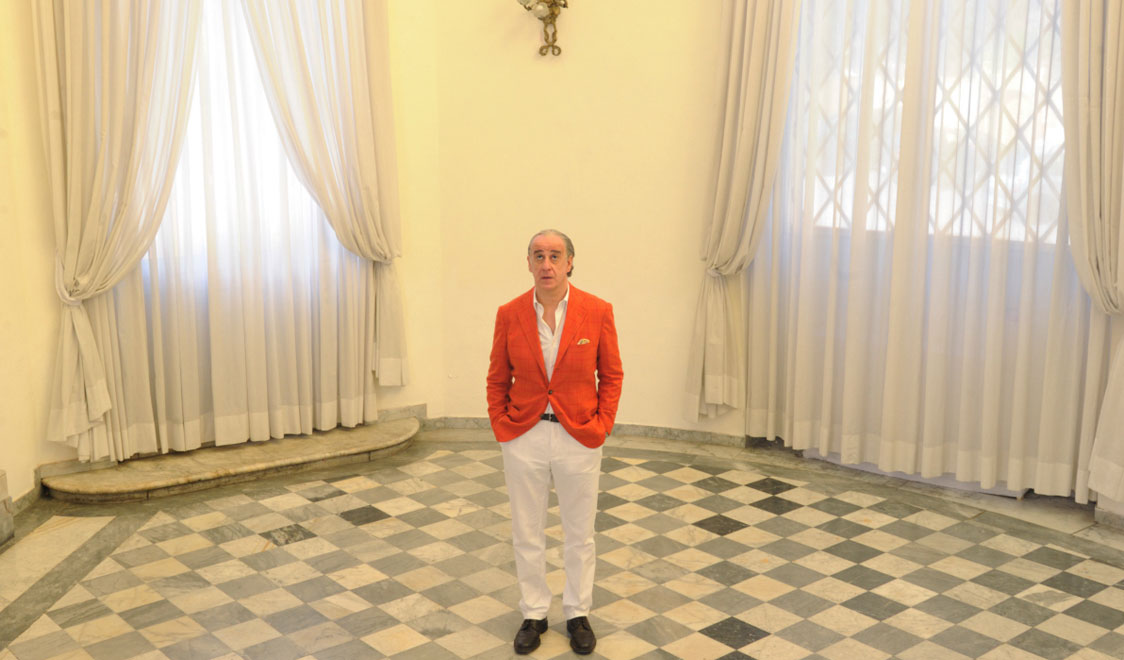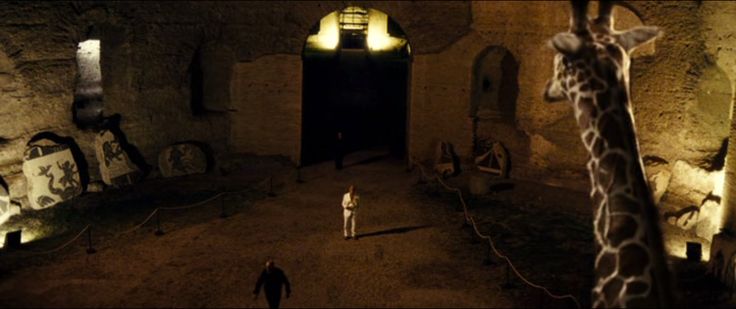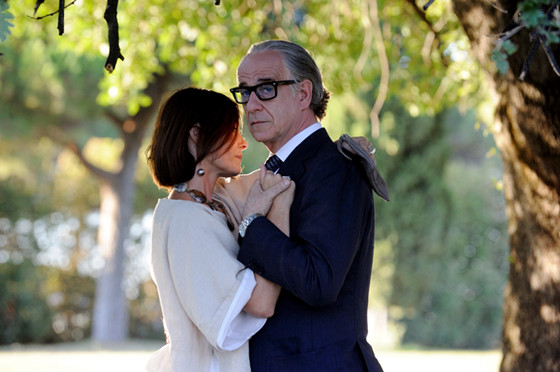4. Sorrentino creates an ode to the idea of beauty

Beauty is present in every frame of the movie, “the Eternal City” is a place where it can be seen at every corner, and Sorrentino uses every imaginable artistic means to depict beauty not only as an idea, but its reflection in reality as well. “The Great Beauty” is so successful because it gives an aesthetic meaning not only to the great monuments, but also to tragic life situations.
Jep’s lover Ramona’s death is the most vivid example. Before her death, the camera slowly approaches her face ending in a close-up; this can be seen as the author’s commentary suggesting anticipation of a tragic moment. Jep and Ramona are looking at the shadow of the sea on the ceiling. We can see “the haggard, inconstant flashes of beauty”, as Jep says. They also share an intimate moment.
Her death is portrayed with a shot of her lifeless foot and the view of Rome through the window while the curtains are moving in the wind. This imbues her departure with a feeling of intimacy, with soft music playing in the background. The beauty of this scene is in its simplicity, but also in its lack of strong dramatic tension. It is gracious, but also sad. “The Great Beauty” is also subtly erotic; its eroticism is grounded in the perspective of the beauty of the human body.
5. Life-affirming narrative

The movie manages to “look on the bright side of life,” even if the main character feels immense sadness over losing a companion toward the end of the movie. Its humour and satire is what keeps the movie going and gives it substance, accompanied by striking visuals and soul-searching aspects.
One character in the film says she feels “Pirandellian”, a term that is often used as a reference to the relationship between illusion and reality. Her reference is obviously comical because she herself does not know what she is truly saying. Jep’s friend and newspaper editor, who is a dwarf, has witty remarks full of self-irony that add up to the film’s humour and latent absurdity.
A conceptual artist runs naked into a stone pillar and afterwards, Jep interviews her. These scenes deliver an absurd and comical relief making the film humorous, although later somber themes dominate the screen. The only part of the movie that escapes this kind of satire and comedy is the one with a young man suffering from a form of a mental disorder, who ends up killing himself.
The scene in which he quotes Turgenev and Proust give the movie the bleak atmosphere that it possibly needs; it is a counterpoint to the lavishness of nightlife and images of striking beauty. These scenes are serving as a contrast to its main narration and add another layer of complexity to the movie.
6. Depicts a haunting nostalgia

Sorrentino’s latest film “Youth” explores the reminiscences over lost youth. Jep does not contemplate his “lost youth”; he tries to live it. Nevertheless, the movie’s most vivid scene is the one by the sea showing young Jep and his young companion; all of his life he had been searching for an experience like that one, which inspired him to create art.
On the surface, he does not seem nostalgic, but the appearance of an ex-husband of Jep’s love from youth and his reaction to her death points to the regret over losing someone he truly loved.
One may wonder whether that experience motivated him to be Don Juan-like character he had become. His answer to the deaths, which evoke in him a desire to simply vanish into someplace else or into nothingness, are more parties. He seems to be a man who does not regret a thing and enjoys his life as a playboy; that may very well be Pirandellian.
Nostalgia is also present in the monumental architecture and artwork in Rome. When Jep contemplates leaving Rome, he wants to escape memories, but he cannot do it. Nostalgia is his reality.
7. Love is immortalized

Love toward creation is immortalized in “The Great Beauty”. Jep quotes André Breton and says that one of his novels opens with “Who am I?”. The novel in question is Breton’s “Nadja”, an extraordinary surrealist piece about an unfulfilled love. It is not a coincidence that Jep quotes this very novel.
Firstly, he emphasizes his crisis in life, not knowing who he is truly; he also refers to his own unfulfilled love. As Breton immortalized Nadja, so did Jep the same with his own love. It is implied that Jep’s inspiration for his first novel was love, as well as for the second one; love and lust for life, regardless of all the pain and suffering.
At the end of the movie Jep says: “This is how it always ends. With death. But first there was life. Hidden beneath the blah, blah, blah.” William Wordsworth, in his Ode
“Intimations of Immortality”, writes: “And with new joy and pride/The little actor cons another part/ Filling from time to time his ‘humorous stage’…/ As if his whole vocation/ Were endless imitation”. These Wordsworth’s verses are similar to Jep’s thoughts about life and blabbering on the surface of life.
It also captures the Pirandellian moment that is a part of Jeb’s persona. In the end, for Jeb, life is a never-ending search for beauty, and when it is found, he cherishes it and immortalizes it into art.
Author Bio: Hrvoje Galich is a student of political science and writes expressionist poetry. He believes that Tristan und Isolde is the most beautiful artistic piece in the history of man. He loves movies by Andrei Tarkovsky, Michelangelo Antonioni, Ingmar Bergman and Shohei Imamura. He adores his cat “Meow”, the only cat in the world that can say her name.